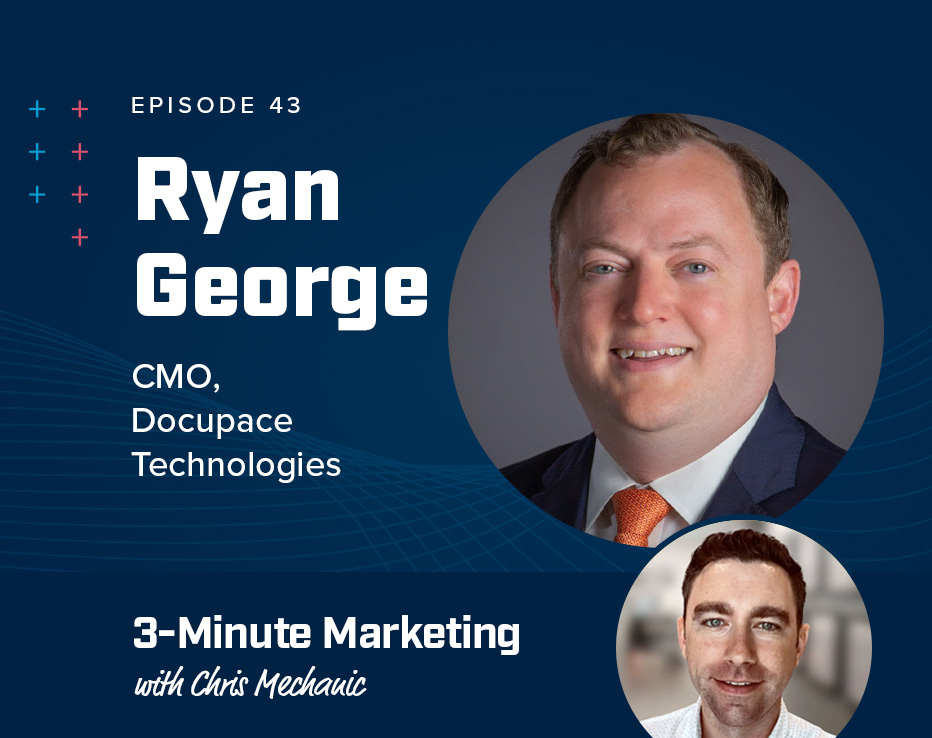
What is phygital marketing?
Table of Contents
- What is phygital marketing?
- What does phygital mean?
- Definition and explanation
- What is an example of phygital?
- Augmented reality in retail
- Sephora scans faces for unique color-matching
- Nike’s House of Innovation
- What industries or companies are already using phygital?
- Retail Innovations
- Entertainment Industry Applications
- What are the advantages to phygital in marketing?
- Enhanced Customer Engagement
- Greater Reach and Accessibility
- Data Collection and Personalization
- Increased Convenience
- What is the future of phygital?
- Technological Advancements
- Consumer Expectations and Business Adaptations
- Summary of phygital impact and future outlook
Phygital Marketing Definition, Examples, and Industry Specifics
The digital world follows all of us around a lot, and the boundaries between the physical and digital worlds are blurring.
This fusion has birthed a new concept known as “phygital,” which is revolutionizing how businesses interact with their customers. This blog post explores the phygital marketing phenomenon, its origins, current applications, advantages in marketing, and what the future holds.
What is phygital marketing?
Phygital marketing combines digital applications with physical customer experiences meant to enrich and enhance the customer journey. Phygital experiences can be immersive and interactive real-time experiences or weaved into the customer journey before or after a physical interaction to extend the experience.
What does phygital mean?
Phygital is a combination of the words “physical” and “digital” – technically a portmanteau, for you Scrabble enthusiasts.
The term “phygital” originates from the innovative blend of the words “physical” and “digital.” It was coined by the Australian agency “Momentum” back in 2013.
It refers to a marketing strategy or customer experience that combines the best aspects of physical and digital channels. The goal of phygital is to create an ecosystem where the digital and physical elements not only coexist but enhance each other to provide a more interactive and engaging customer experience.
This strategic approach has grown beyond its initial marketing context to influence a wide range of industries, redefining how businesses connect with their customers in a digitally driven world while still valuing the irreplaceable physical interactions that consumers value and trust.
What is an example of phygital?
As more of the digital world becomes part of our everyday lives, we see examples of the phygital experience popping up, such as the use of augmented reality (AR) in retail stores.
For instance, some furniture stores now offer AR apps that allow customers to visualize how a piece of furniture would look in their own home before making a purchase. This technology merges the convenience of online shopping with the tangible, reassuring aspects of the physical product.
Another notable example is Nike’s House of Innovation in New York City, a flagship store that integrates digital features like instant checkout and customized shopping experiences within the traditional retail environment.
Shoppers can use the Nike app to reserve shoes online and try them on in-store, a perfect blend of digital convenience and physical experience.
What industries or companies are already using phygital?
Various industries are leveraging phygital strategies to enhance customer engagement and streamline operations.
Retail is at the forefront, with companies like Amazon and Walmart integrating online and offline experiences through innovations like Amazon Go and Walmart’s Pickup Towers. These features allow customers to enjoy the benefits of both digital efficiency and physical verification.
Beauty retail giant Sephora uses a device called ColorIQ to scan customers’ faces and match their skin tone to a 4-digit color code unique to each customer. They can use the code to find the products around the store that are a perfect match.
The entertainment industry is also embracing phygital approaches. Theme parks like Disney World offer an example of using wearable technology to personalize visits and integrate physical experiences with digital interfaces, enhancing guest satisfaction and streamlining operations.

What are the advantages of phygital in marketing?
Phygital marketing offers numerous advantages that can significantly enhance business performance and customer satisfaction:
- Enhanced Customer Engagement:
By providing interactive and immersive experiences, businesses can increase customer engagement. This deeper interaction can lead to higher satisfaction rates and increased brand loyalty.
- Greater Reach and Accessibility:
Phygital strategies allow businesses to reach a wider audience by combining the extensive reach of digital marketing with the tangibility of physical interactions.
- Data Collection and Personalization:
Integrating digital elements into physical interactions enables companies to collect valuable customer data. This information can be used to tailor experiences, predict preferences, and personalize marketing efforts, ultimately enhancing the customer journey.
- Increased Convenience:
Phygital solutions often simplify processes, reduce wait times, and improve customer service, making interactions more convenient and enjoyable for consumers.
What is the future of phygital?
The future of phygital, particularly in the retail sector, is poised for expansive growth and innovation. As highlighted in a LinkedIn article “The World of Phygital and How It’s Shaping the Future of Retail,” the integration of digital and physical realms is not just a passing trend but a fundamental evolution in how retail operates.
This blend is reshaping consumer interactions and brand memories, making it crucial for businesses to make a positive and impactful first impression.
Defining phygital in retail
Phygital in retail involves digital technologies such as interactive digital signage, virtual try-on features, and augmented reality applications to enhance the physical retail environment.The CONEX Smart Shelves is an example of this in action. They reinvent traditional static retail setups by leveraging dynamic digital signage to enhance the customer journey.

Enhancing the customer journey
The boundaries between online and in-store experiences are increasingly blurring, necessitating a unified brand experience that begins online and seamlessly transitions into the physical store.
Phygital strategies leverage the convenience and personalization of digital technology while preserving the tactile and sensory benefits of traditional retail.
This synergy aims to create unforgettable brand interactions that drive customer engagement, repeat business, and increased revenue.
Phygital strategies leverage
the convenience and personalization
of digital technology while preserving
the tactile and sensory benefits of traditional retail.
Crafting effective phygital strategies
To effectively implement phygital strategies, brands need to understand their unique value propositions and target audiences. Brands should develop customized digital solutions that align with their physical presence, thereby creating a cohesive and compelling customer journey from screen to real space.
These tailored solutions have a wide range from smart shelves to kinetic walls, or app-based engagement leading to personalized real-world experiences, all designed to leave lasting impressions that are intrinsically linked to the brand’s identity.
The role of data analytics
Data analytics is central to the success of phygital strategies. By analyzing data collected from both digital and physical interactions, brands can gain deep insights into consumer behavior, preferences, and shopping patterns.
These insights are crucial for making informed decisions about product launches, understanding demographics, and tailoring marketing strategies. Tools like CONEX’s analytics services enable retailers to offer highly targeted and personalized experiences that effectively drive sales and strengthen customer relationships.
Looking ahead
The future of phygital is boundless and largely dependent on how brands envision their integration of digital and physical touchpoints. According to a 2022 Forrester study, 47% of brands find it challenging to connect and manage customer journeys across these touchpoints.
This challenge presents an opportunity for solutions like those offered by CONEX, which help brands explore the vast possibilities of digital retail. Features like the “Lift and Learn” technology, which provides additional information when a product is lifted, exemplify how phygital elements can enhance the shopping experience.
The phygital realm is not just shaping the future of retail; it is setting the stage for a revolutionary approach to consumer engagement across various industries. As technology continues to evolve, so too will the opportunities for brands to innovate and create more integrated, personalized, and engaging customer experiences.
Embracing the phygital revolution is more than a strategic move—it’s a transformative journey that will define the future of retail and beyond.
Most newsletters suck...
So while we technically have to call this a daily newsletter so people know what it is, it's anything but.
You won't find any 'industry standards' or 'guru best practices' here - only the real stuff that actually moves the needle.







